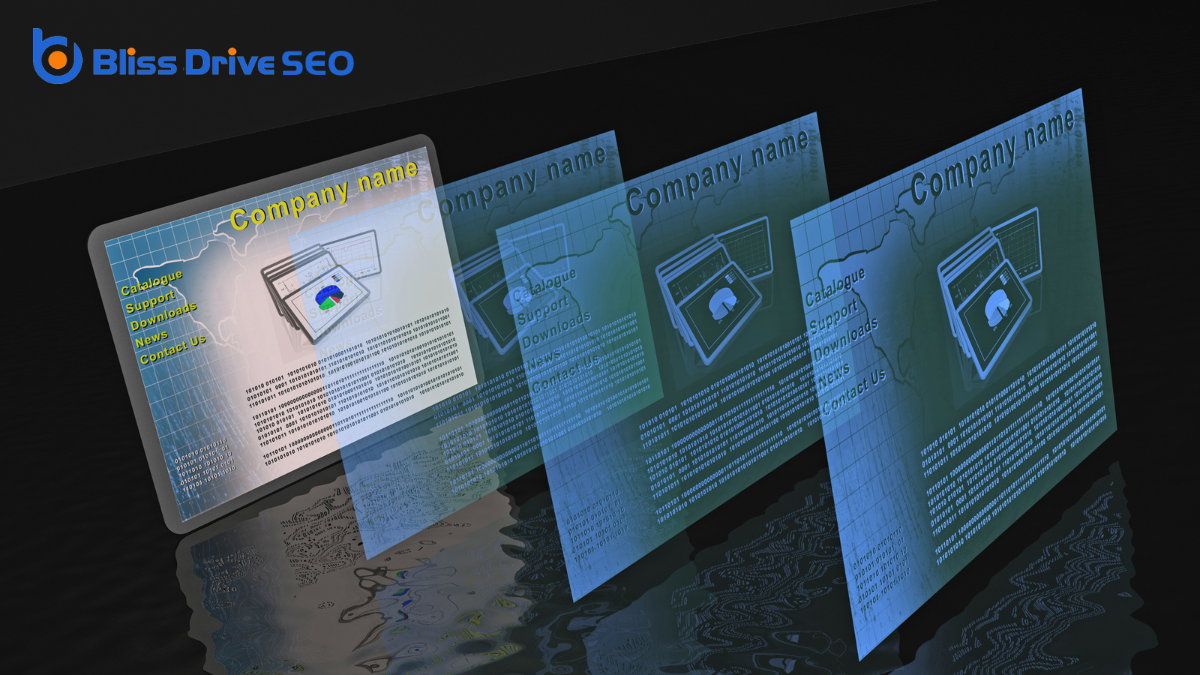Learn More About Us

When you're designing a website, understanding the three basic structures—hierarchical, sequential, and matrix—can make a significant difference in user experience and navigation. Each structure offers unique advantages and challenges, catering to different types of content and user interactions. You might wonder how these structures can impact your website's effectiveness or which one aligns best with your goals. As you explore these structures, think about how they could transform your content delivery and user engagementThe level of interaction and involvement users have with social media content.. But which structure truly matches your needs and enhances your site's performance? Let's consider the possibilities.
A hierarchical structure is one of the most common frameworks for organizing a website. You'll find it particularly useful for websites with a lot of content, like e-commerce platformsSoftware solutions that allow businesses to create and manage online stores, such as Shopify, WooCom... or educational sites. Imagine it as a tree, where the homepage is the trunk, and branches leadA potential customer referred by an affiliate who has shown interest in the product or service but h... to different sections or categories. Each branch splits into smaller branches or leaves, representing subcategories or individual pages. This setup helps users navigate easily, finding information without getting lost.
When you design a website with a hierarchical structure, start by defining the main categories that cover broad topics or services. From there, break these down into subcategories. It's important to keep this structure logical and intuitive. Users should quickly understand the relationships between different sections.
Consistency is key. Make certain your navigation menus reflect this hierarchy clearly, so users always know where they stand. Visual cues, like breadcrumbs, can help reinforce this structure, guiding users back to previous pages without confusion.

When you need to guide users through a step-by-step process, the sequential structure shines. Imagine you're creating an online course, a purchase checkout process, or a registration form. You want users to follow a specific path without skipping vital steps.
In a sequential structure, each page or section leads to the next in a logical order. You're making certain users know what to expect and where to go next, minimizing confusion and enhancing usability.
Picture a train on a track. Each stop represents a step in your process. Users board at the start and follow the track, visiting each stop in order. This structure is ideal for processes that require users to gather information or complete tasks in a specific sequence. Think of tutorials, onboarding processes, or multi-part surveys.
You'll find that sequential structures help maintain focus. By directing attention to one task at a time, users are less likely to become overwhelmed.
Make sure your navigation is clear and intuitive, with "Next" and "Previous" buttons guiding users smoothly through the journey. This way, you're providing a streamlined experience that keeps users engaged and on track.
In a matrix structure, flexibility is key. You've got the freedom to connect pages in multiple ways, letting users navigate based on their interests rather than a strict order. This setup offers a dynamic experience, allowing visitors to choose their own path and explore related content seamlessly.
It's like a web of interlinked content, where every page can link to multiple others, offering various routes through your site.
Imagine you're designing a website for a cooking blog. Instead of forcing users to follow a linear path from breakfast to dinner recipes, you can let them jump from a pancake recipe to a related syrup recipe or even a kitchen tips page. This interconnectedness makes it easy for users to find the information they're interested in without unnecessary clicks.
However, with great flexibility comes the need for good navigation aids. You'll need to guarantee that users don't feel lost in the web of links. Clear menus, breadcrumbs, and search functions can help guide them effectively.
Embrace the matrix structure's adaptability, but don't forget to maintain clarity to enhance user experience. It's about balancing freedom with guidance.
You've now got a grasp on the three basic website structures: hierarchical, sequential, and matrix. Each one serves a unique purpose, enhancing user experience in different ways. The hierarchical structure offers clear, tree-like navigation, while the sequential structure leads users step-by-step. On the other hand, the matrix structure gives users the freedom to explore through interconnected links. By choosing the right structure, you can guarantee your website meets the specific needs of your users effectively.
